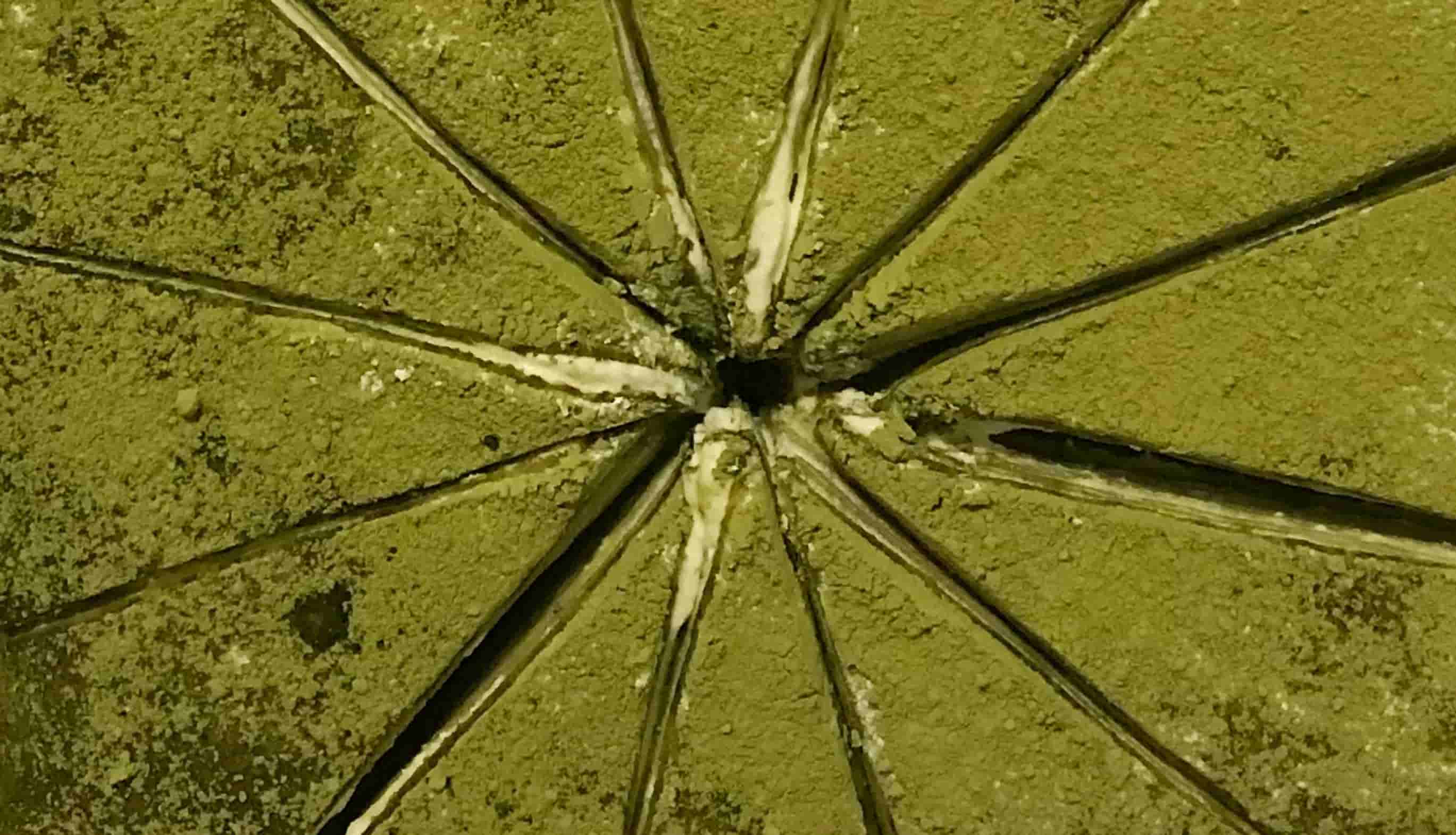
Matcha has been the core of the Japanese tea culture since it came from China during the Middle Ages. The taste is powerful, with a sweetness and very limited bitterness. In the last weeks before harvest, the bushes are covered, either with a fabric or a single roof. The leaves are not rolled, but should dry flat after the steam. Matcha is a finely ground green tea where the whole leaves from the bush are pulverized. Before harvesting, the leaves have been protected from sunlight, which increases the chlorophyll levels and hence the nutritional content. The haulm is removed, and the remainings are milled to a fine powder.
There are different ways to prepare matcha, both thick and thin matcha. In addition, there are different schools and philosophies regarding whipping. The finished matcha powder is resolved in warm water and the drink becomes a green tea with great health benefits. Small leaves are used and they are extra rich in antioxidants. In a single teapot there's ten times more nutrition compared to classically brewed tea, measured in antioxidants. There are almost 500 times more antioxidants than in a fresh apple. Matcha contains caffeine, but not as much as coffee, and it especially fits people who are sensitive to coffee. It's naturally rich in the amino acid L-theanin, which is stress-relieving and soothing.
See all updates at Instagram and Facebook.